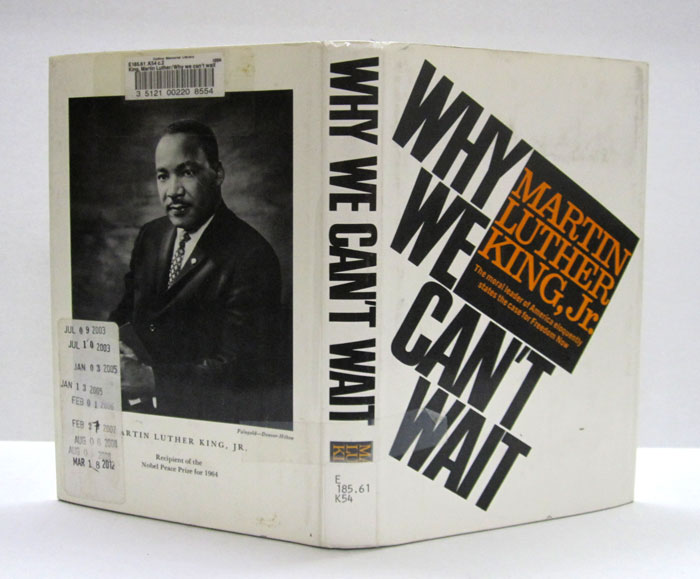1962: A Clockwork Orange & Silent Spring
A Clockwork Orange
Author: Anthony Burgess
Find it in Collins Library!


This book is no stranger to controversy. In 1973 a book seller in Orem, Utah was arrested for selling the novel! This book has been removed from high school libraries across the country due to objectionable language! Like a Handmaid’s Tale (1985), this book also offers a glimpse into the future. A future where criminals take over. The book is told by the central character Alex. The state undertakes to reform Alex, but at what cost. Anthony Burgess provides insight in his introductory comments, titled, A Clockwork Orange Resucked in which he discusses that the original edition released in the United States did not include the controversial twenty-first chapter. 1971, a film adaption was released to critical acclaim written and directed by Stanley Kubrick.
Silent Spring
Author: Rachel Carson
Find it in Collins Library!

Rachel Carson’s Silent Spring was, for many, a first alert to chemical pollution and a launching point for the environmental movement.
Carson clearly and dramatically documents the effects of DDT on people and organisms when applied thoughtlessly. She brought the problem of bioaccumulation, inadvertent harms, and the idea of biocontrol to the attention of the public at large.
Even before Silent Spring was published, Carson was decried as radical, unhinged and (that perennial favorite) hysterical. Still, her book was widely read and while she is sometimes now accused of being the cause of malaria deaths in developing nations by causing a reaction against DDT, much evidence indicates that DDT spraying declined in these areas because, as Carson herself notes, mosquitoes very rapidly become resistant to DDT.
The controversy generated forced us to confront the question of how much humans can control the environment, and where boundaries should and can be drawn—a question we continue to struggle with.



























